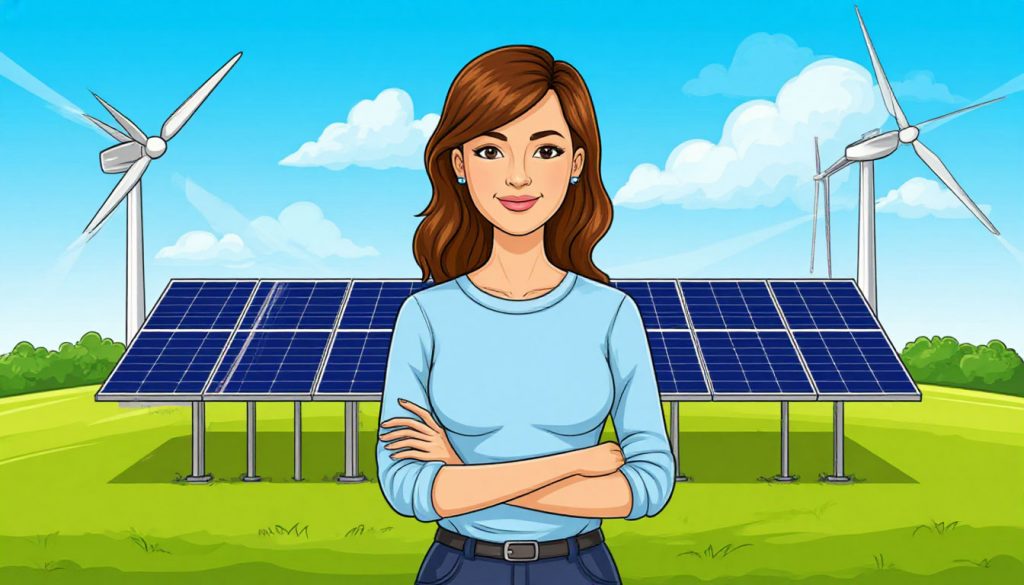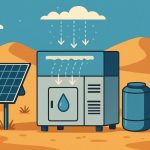As the world searches for clean, renewable alternatives to fossil fuels, wind and solar energy have emerged as two of the most promising and widely used sources of sustainable power. These technologies harness the natural forces of the Earth to generate electricity—without polluting the environment or depleting resources.
What Is Wind Energy?
Wind energy is produced by converting the kinetic energy of moving air into electricity. This is done using:
- Wind turbines, which have large blades that rotate when wind blows
- The spinning blades turn a rotor, which powers a generator to produce electricity
- Wind farms can be placed on land or offshore (in oceans)
The stronger the wind, the more electricity can be generated. Countries like Denmark, Germany, and the United States are major users of wind power.
How Solar Energy Works
Solar energy comes from the sun’s radiation, which can be captured and converted in two main ways:
- Photovoltaic (PV) panels – These convert sunlight directly into electricity using solar cells
- Solar thermal systems – These use mirrors or collectors to heat fluids, which then generate power through turbines
Solar panels are now common on rooftops, in solar farms, and even on satellites and calculators.
Benefits of Wind and Solar Energy
These energy sources are gaining popularity because they are:
- Renewable – They don’t run out like coal or oil
- Clean – They don’t release carbon dioxide or other harmful emissions
- Silent and safe – They produce energy with little disturbance
- Cost-effective – Technology improvements have made them cheaper to build and operate
- Scalable – They can power a single home or an entire city
They also reduce dependence on imported fuels and increase energy independence.
Challenges to Overcome
Despite their benefits, wind and solar energy have some limitations:
- Weather dependent – No sun or wind = no power
- Energy storage needed – Batteries or other systems must store power for cloudy or calm days
- Land use and visual impact – Wind farms and solar arrays require space and may affect wildlife or scenery
- Initial cost – Upfront installation can be expensive, although prices are falling
Scientists are working on advanced batteries, smart grids, and hybrid systems to solve these issues.
The Role in a Sustainable Future
Wind and solar energy are key to fighting climate change and achieving net-zero emissions. Countries, companies, and individuals are:
- Investing in renewable infrastructure
- Switching homes and vehicles to solar power
- Using wind power to support electric grids
- Creating green jobs in the energy sector
Together, they are helping transition the world toward a cleaner, more sustainable future.
Glossary
- Renewable energy – Energy that comes from sources that naturally replenish
- Photovoltaic cell – A device that converts sunlight into electricity
- Turbine – A machine with blades that spin to generate power
- Carbon dioxide – A gas produced by burning fossil fuels that contributes to global warming
- Smart grid – An advanced electricity network that improves energy delivery and efficiency


